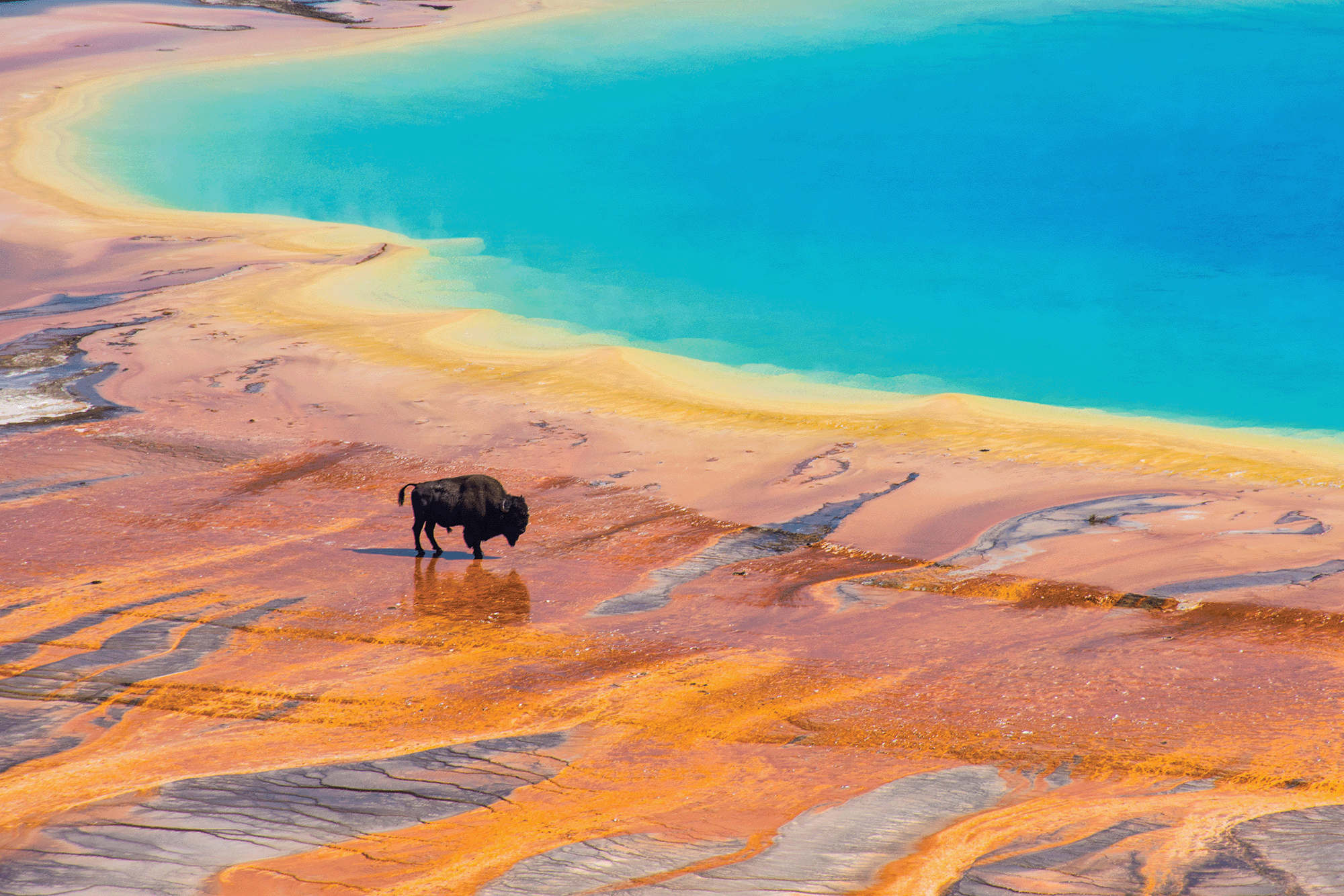National parks are the backbone of conservation. Yet mounting evidence shows that many parks are too small to sustain long-term viable populations and maintain essential, large-scale ecological processes, such as large mammal migrations and natural disturbance regimes.
A new U study published in Scientific Reports found that enhancing ecological connectivity, known as “corridors” or “linkages,” among several of the oldest and largest national parks in the western United States would greatly extend the time that many mammal species populations can persist. The authors analyzed the value of establishing ecological corridors for large mammals between Yellowstone and Glacier national parks and between Mount Rainier and North Cascades national parks. Their findings show that these corridors would not only enlarge populations, but also allow species to shift their geographic ranges more readily in response to climate change.
“Eliminating barriers of movement between parks and more carefully managing land-use along these pathways are crucial for the survival of many mammal species,” says William Newmark, research curator at the Natural History Museum of Utah and lead author of the study.
The authors found that linking Yellowstone National Park with Glacier National Park, and Mount Rainier National Park with North Cascades National Park, would increase the long-term persistence time of mammal species by a factor of 4.3 relative to the persistence time of species in fragmented, individual parks.
The proposed corridor network would cross two- and four-lane highways, which would require multiple ecological bridges over and under the roadways. Fortunately, highway authorities in the western U.S. and Canada are beginning to construct such over- and underpasses for wildlife. But many more are needed, the study notes.
Read the study paper, Enhanced regional connectivity between western North American national parks will increase persistence of mammal species diversity, in Scientific Reports.




Comments
Comments are moderated, so there may be a slight delay. Those that are off-topic or deemed inappropriate may not be posted. Your email address will not be published. Required fields are marked with an asterisk (*).